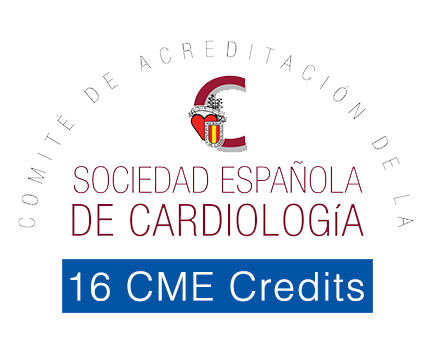
Anna Fratta Pasini
University of Verona, Italy
Title: Endoplasmic reticulum stress, Nrf2 signaling and cardiovascular diseases in a nutshell
Biography
Biography: Anna Fratta Pasini
Abstract
Endoplasmic reticulum (ER) stress is an adaptive mechanism that arises when excessive newly synthesized and/or misfolded polypeptides in the ER lumen exceed its protein folding capacity in response to multiple cellular stress triggers such as oxidative stress, hypoxia and hyperglycemia. The accumulation of unfolded/misfolded proteins activates transcriptional and translational pathways, known as the unfolded protein response (UPR), an adaptive response that helps cell survival by activating a series of intracellular signaling pathways. When the UPR fails to control the level of unfolded/misfolded proteins, ER-initiated apoptotic signaling is induced. Several studies have demonstrated that ER stress occurred in atherosclerotic plaques, particularly in the advanced stages. In addition, ER stress has an important role in cardiac hypertrophy mainly in the transition to heart failure. Interestingly, chronic UPR activation has also been observed in obesity and in diabetes. Oxidative stress that plays a key role in cardiovascular and metabolic disease is counterbalanced by complex antioxidant defense systems regulated by a series of multiple pathways, including the UPR, to ensure that the response to oxidants is adequate. Nuclear factor-E2-related factor (Nrf2) is an emerging regulator of cellular resistance to oxidants; Nrf2 is strictly interrelated with the UPR sensor called pancreatic endoplasmic reticulum kinase. Interventions against ER stress and Nrf2 activators seem to reduce myocardial infarct size and cardiac hypertrophy in animals and to protect against obesity and insulin resistance. These evidences may open new promising therapeutic approaches in chronic cardiovascular and metabolic diseases.
References:
- Ron D. Nat Rev Mol Cell Biol 2007; 8:519
- Back SH, Annu Rev Biochem 2012; 81:767
- Wang S, J Cell Biol 2012; 197:857
- Tabas I. Circ Res 2010; 107: 839
- Garbin U, Fratta Pasini A, Antiox & Redox Signal 2014; 21:850
- Cominacini L, Fratta Pasini A. Free Radic Biol Med 2015; S0891
- Pagliassotti MJ, Metabolism 2016; 65:1238
- Mozzini C, Fratta Pasini A, Free Radic Biol Med 2014; 68:178
- Singh S,Free Radic Res 2010;44:1267
- Digaleh H, Cell Mol Life Sci 2013; 70:4681
- Seo HA, Oxid Med Cell Longev. 2013; 2013:184598

